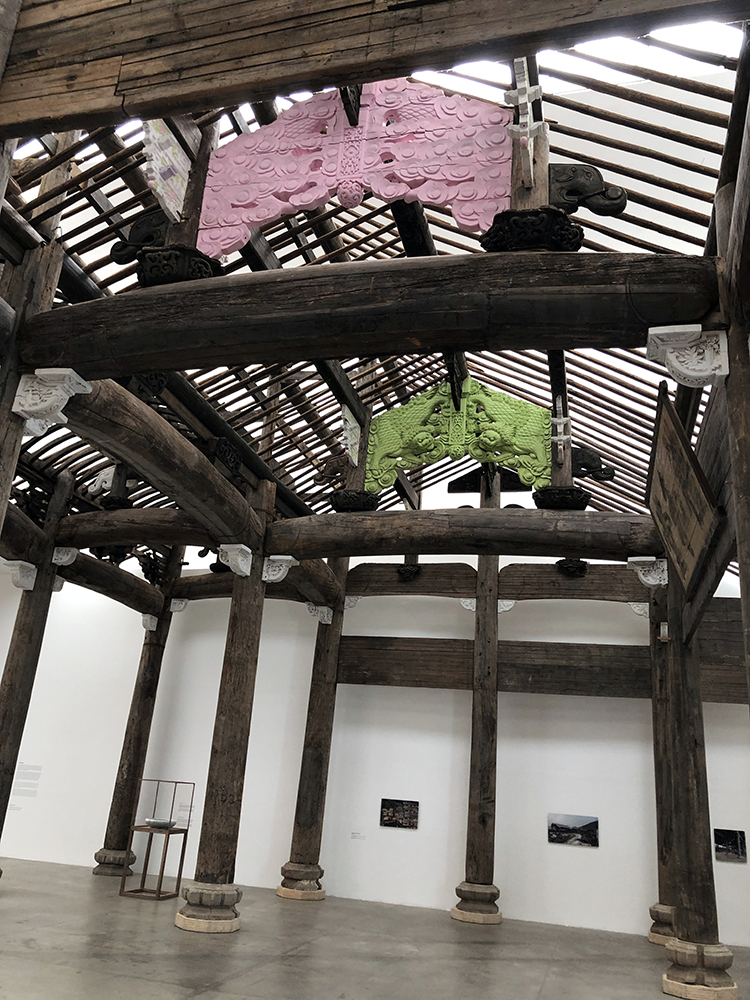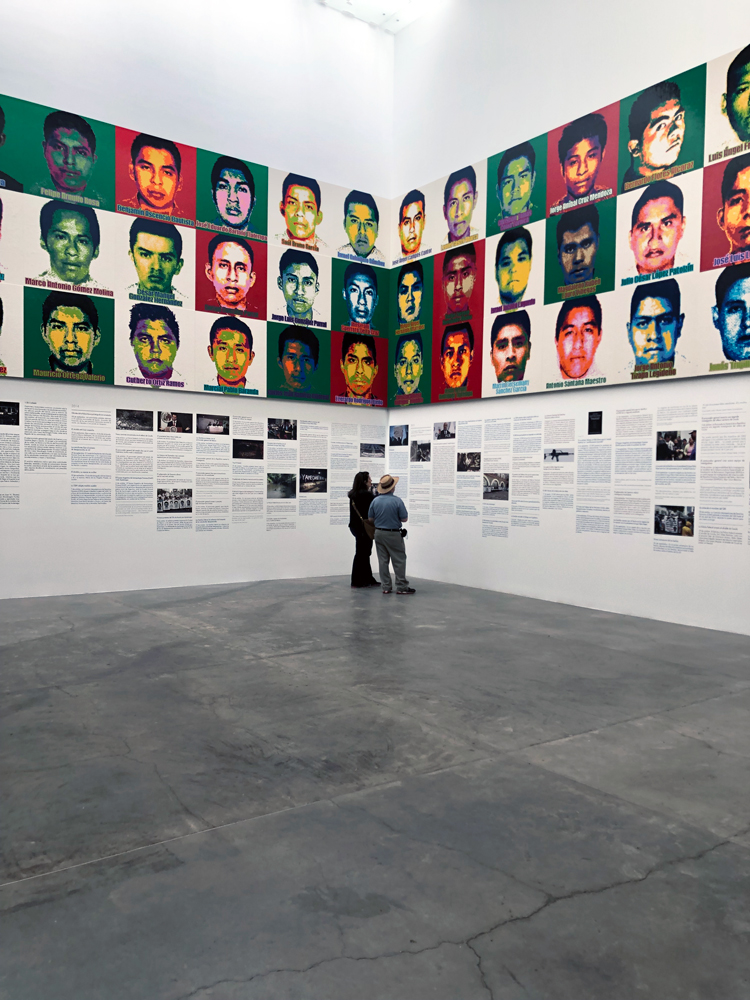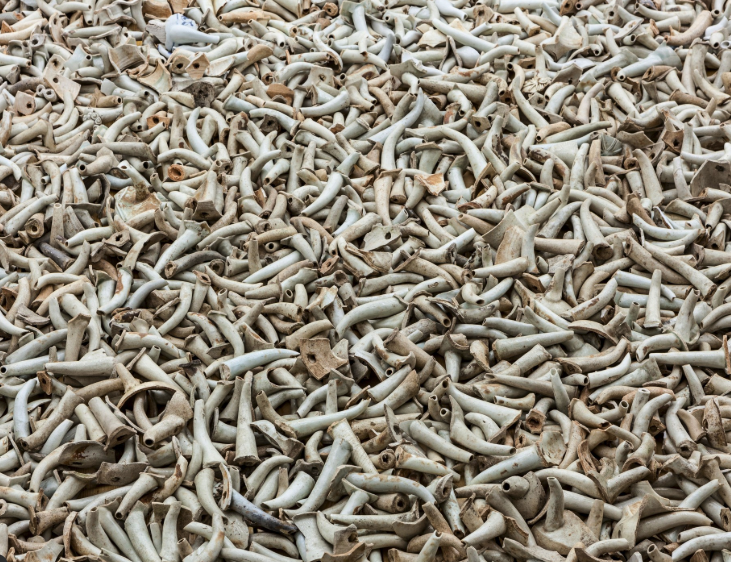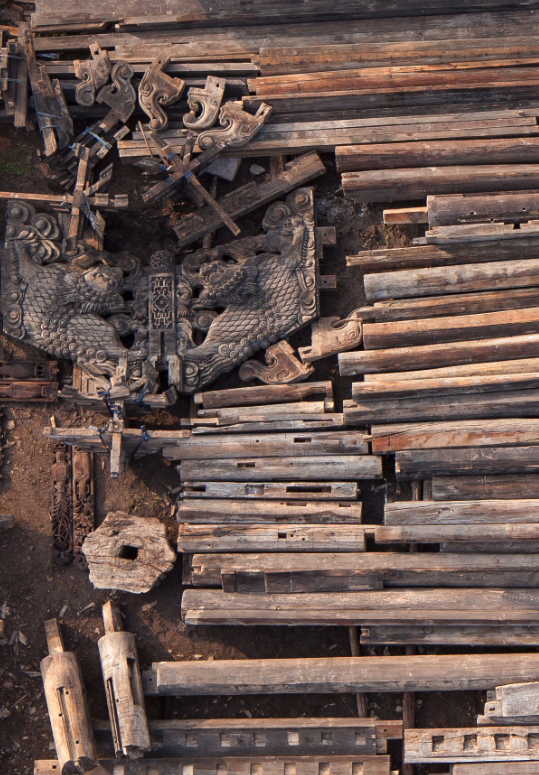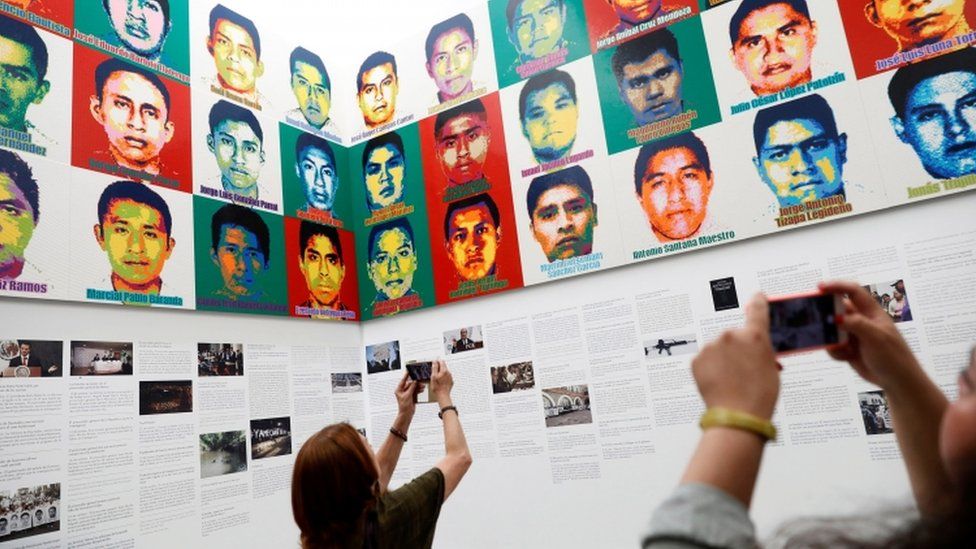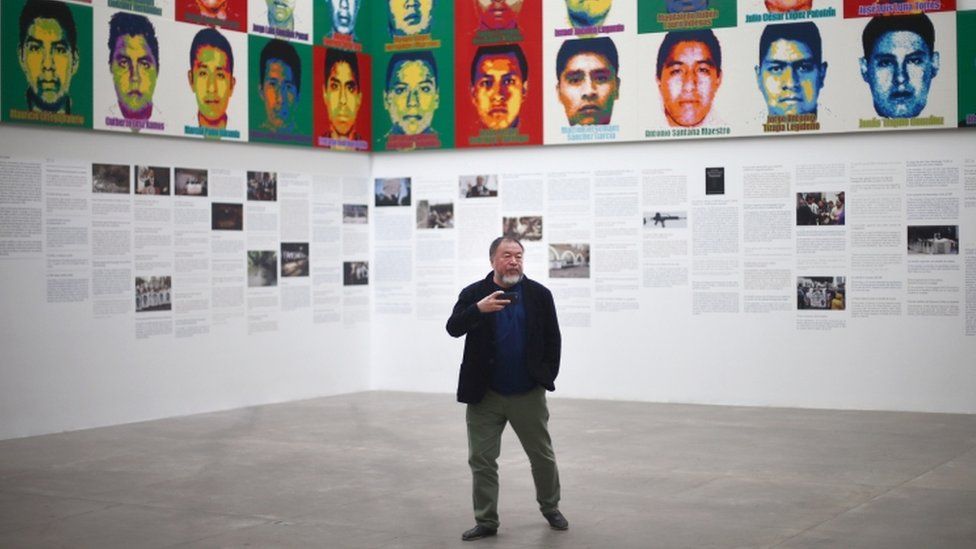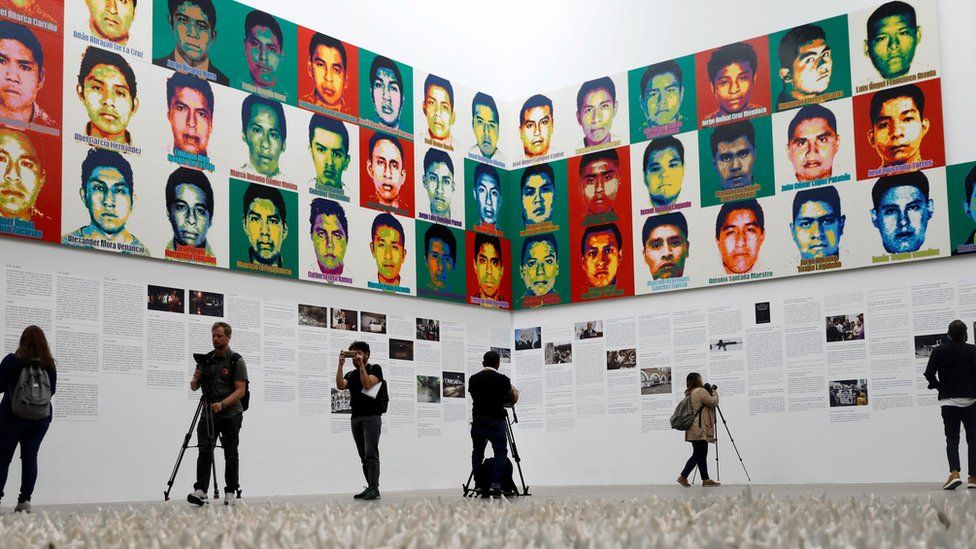It only seems appropriate that Ai Weiwei would call his latest museum exhibition, Resetting Memories, because in recent years, that has been the focal point of his output as a political activist and artist. His incredible documentary, Human Flow, which examined the wide-scale, worldwide refugee crisis, was about resetting our collective minds as to the scale and location of our histories. In many ways, Ai Weiwei is functioning like a truly independent media platform, digging deep into stories and finding new and interesting ways to report them.
Resetting Memories, on view at the University Museum of Contemporary Art (MUAC) in Mexico City through October 6, 2019, brings to the forefront an unsettled historical moment in Mexico's recent past. The highight of the exhibition is the Lego portraits of the Mexican students who were reportedly massacred in 2014, 43 kids from Ayotzinapa Rural Teachers' College pupils who were kidnapped and disappeared in Iguala, Mexico. The unresolved case has been a scar on not only Mexico, but the world's understanding of history. The museum notes of the show, "This project brings together the concern represented by the destruction of cultural heritage and our relationship with our ancestors; the trauma signified by the attack on the future, which presumes violence against young people. . . Through a documentary film and a series of portraits made with Lego pieces, the artist explores the personal and social consequences of the disappearance of the 43 students from the Escuela Normal Rural de Ayotzinapa on the night of September 26-27, 2014. This project makes a bid for constructing memory as an invisible tie that binds us to our ancestors and maps out an obligation to the generations that succeed us."
The show also features the "Wang Family Ancestral Hall (2015), a Ming-dynasty-era wooden temple that registers the destruction of Chinese cultural heritage in the violence of revolution, the loss of traditional rural society, and the commodification of antiquities. These four-hundred-year-old ruins epitomize the complex negotiations between new and old, and this artwork marks the period of constant surveillance that the artist endured in Beijing after his 2011 arrest, before he went into exile in Europe."
Juxtapoz was very moved to be present at the museum opening today, and hopes anyone visiting Mexico City will check this exhibition out.
Images via Juxtapoz and Rueters.

